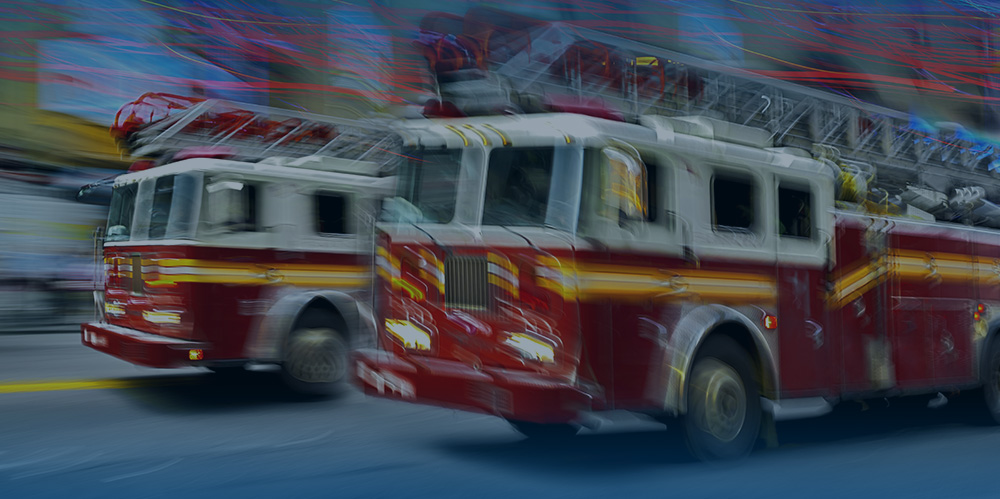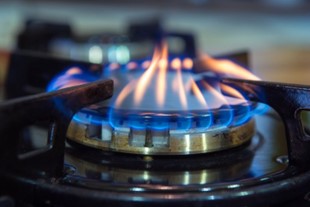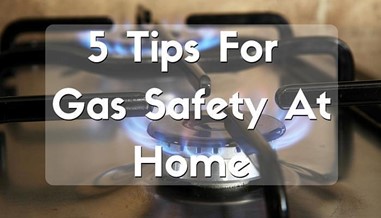Natural gas safety basics – First Responders

Being the first responders in an emergency, firefighters, police, and EMTs are most at risk from natural gas fires and explosions. Knowing the characteristics of natural gas might help you react to various situations more skillfully.
- Being lighter than air, natural gas will migrate upward or laterally when underground or in covered areas.
- Natural gas has and upper and lower explosive limit. When natural gas comes into contact with an ignition source, it needs to be mixed with air or it will not ignite. The air to gas mixture must be between 5 to 15 percent natural gas to ignite.
- Storm drains, construction trenches, structures, and other utility lines may gather gas. Gas concentrations can cross the explosive range as they increase or decrease.
- Natural gas can be ignited by open flame or from the electrical sparks.







